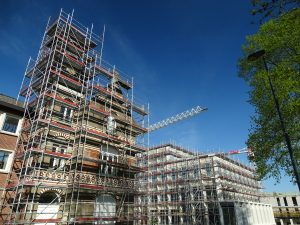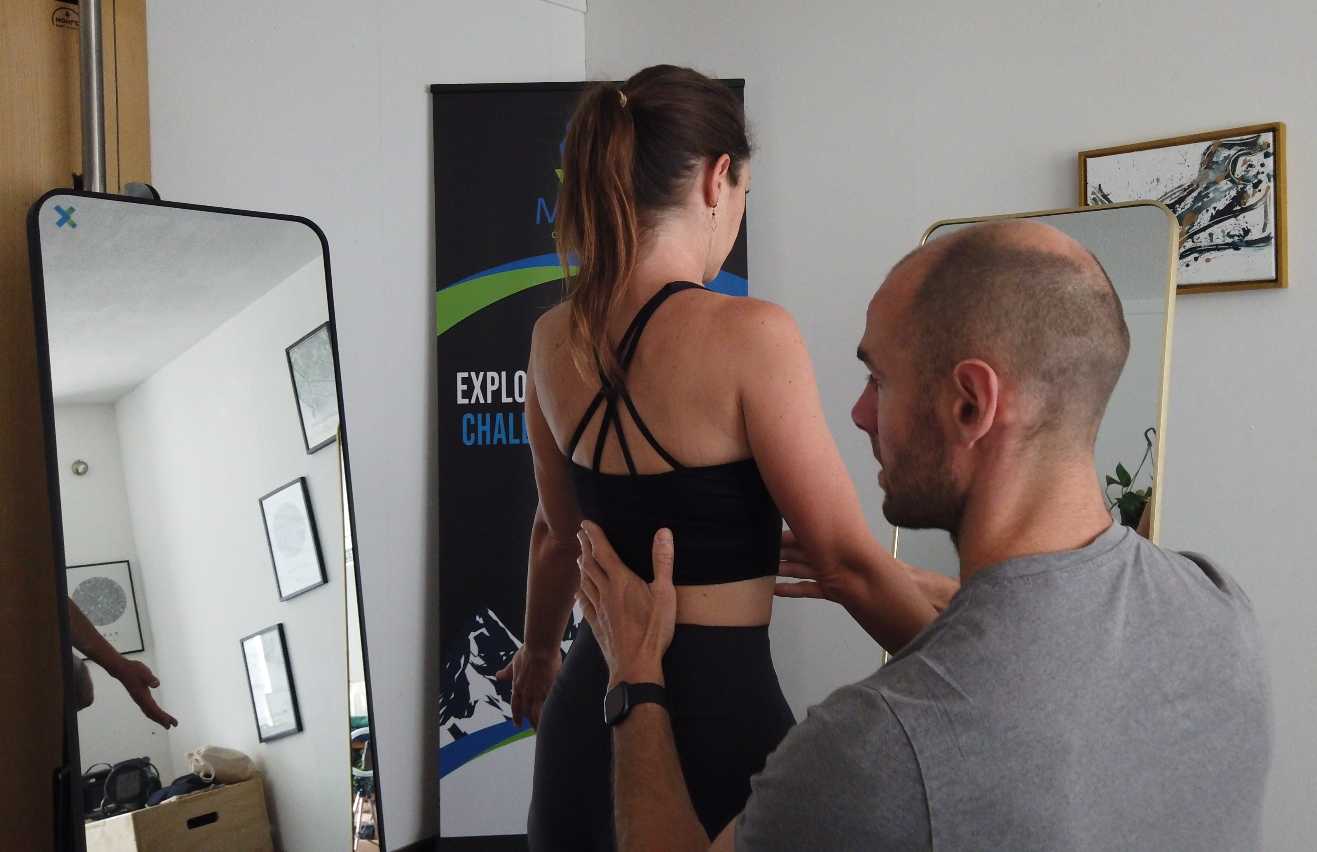Let me give you two examples to help you grasp one fundamental aspect of fascia.
First, picture the scaffolding used in construction—structures that connect the bottom of a building to its very top, providing stability and support. You see it, right?

Now, think about the fascinating documentaries on trees—how they communicate through their root networks, spreading signals across vast distances. A single tree can warn another miles away about a potential threat.
Now, put these two together: a scaffolding system combined with an intricate communication network. That’s one way to understand fascia.

Fascia is a supportive, connective tissue embedded with neurotransmitters. It runs throughout your entire body, influencing how you move, stand, and feel—and it all starts from the plantar fascia.
Why does this matter?
When you experience pain (excluding injuries from contact sports or accidents), the culprit is often weak or poorly connected fascia—most commonly due to dehydration.
A weak fascia network forces the body to compensate, creating inefficient movement patterns. Over time, these compensations lead to overload and excessive stress on certain areas, resulting in pain.
The big mistake in pain management
If you treat chronic pain with a muscle-segmented approach, focusing only on the site of pain instead of the fascia’s structural integrity, you’re setting yourself up for a long and frustrating battle.
This outdated method often leads to mediocre results, increased fatigue, and even more stress on your body.
The key? Address the fascia. Hydrate it, restore its connections, and give your body the structural support it needs to move efficiently and pain-free.

